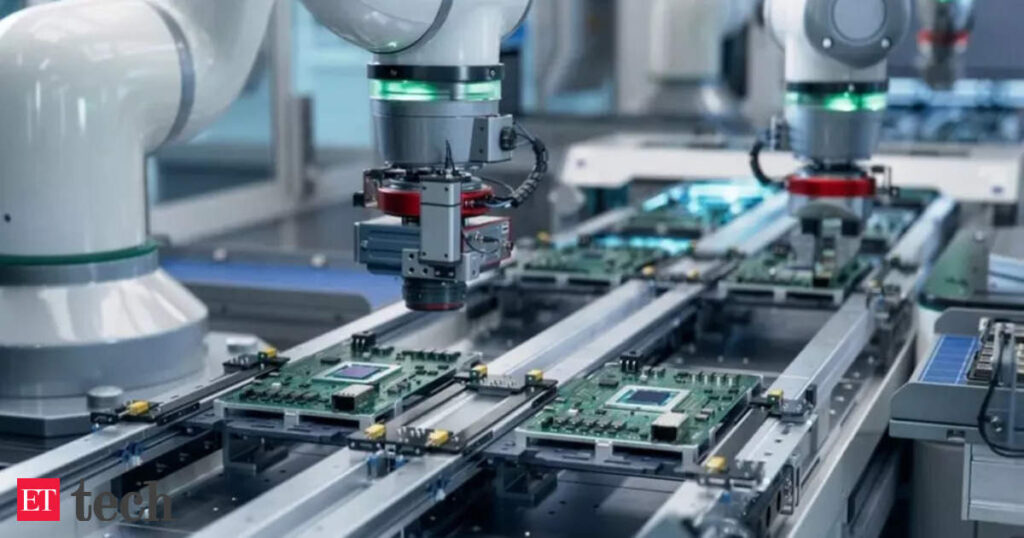NEW DELHI: The Union Cabinet on Friday approved a ₹22,919 crore scheme to promote domestic manufacturing of electronics components, display and camera modules, non-surface mount devices, multi-layer printed circuit boards, lithium-ion cells for digital applications, among others. The government expects production of ₹4.56 trillion with an investment of ₹59,350 crore over tenure of the scheme.
The government will also provide incentives for the domestic manufacturing of other bare components, such as resistors, capacitors, inductors, transformers, fuses, resistor networks, thermistors, and potentiometers, used in the production of battery packs, mobile phones, laptops, tablets, and other handheld devices.
The scheme is likely to generate 91,600 direct jobs, Union Electronics and Information Technology Minister Ashwini Vaishnaw said.
“We are supporting semiconductor manufacturing under the India Semiconductor Mission and have been supporting finished products under the PLI (production-linked incentive) scheme. Now, we will be supporting the manufacture of these passive components,” Vaishnaw said.
Instead of offering incentives to companies based just on incremental production, the government will take a three-pronged approach to disburse incentives under the new scheme, he added.
Applicants under the scheme will be given incentives based on the number of direct jobs created, in addition to support for capital expenditure done by the companies. A third approach will involve incentives based on the turnover of the companies.
“Electronics is already among the top three exported goods from India. With this programme, exports will further rise from ₹2.5 trillion and are likely to double in the coming years,” Vaishnaw said, adding that the doubling of exports is expected within the next four years.
To ascertain the incentives for the number of direct jobs created, the government is likely to ask applicants to define the number of people they plan to employ within their manufacturing units and evaluate them based on that number, he said.
The government is hopeful that display modules, camera modules, non-surface mounted passive components, electro-mechanicals, multi-layer printed circuit boards, and lithium-ion cells, which go into electronics components, along with high-precision enclosures, will see the maximum domestic value addition due to the scheme, he added.
Apart from the incentives, the government is also working on Customs and labour-related reforms for the electronics sector, Vaishnaw said.
These reforms will be in addition to the ones related to tax announced in the Union Budget 2025-26.
Electronics manufacturing has grown at a compound annual growth rate (CAGR) of 17 per cent over the past decade and has reached ₹9.52 trillion in value by the end of the FY24, while electronics exports have grown at a 20 per cent CAGR to reach ₹2.41 trillion crore during this time, according to government data.
With the introduction of this scheme to promote electronics component manufacturing, the government will hope to complete the trifecta of semiconductor manufacturing, semiconductor component manufacturing, and finished products, such as mobile phones, laptops, hardware, and other information technology products.
The PLI scheme for large-scale electronics, which promotes the manufacturing of mobile phones, was launched in 2020, while a scheme to promote domestic manufacturing, assembly, and packaging of semiconductor chips was launched in 2021. A second version of the India Semiconductor Mission is also in the works and is likely to be launched later this year, according to government officials.
Source: Business Standard

 Redefining Europe’s Role In Shifting Global Power Equation
Redefining Europe’s Role In Shifting Global Power Equation 